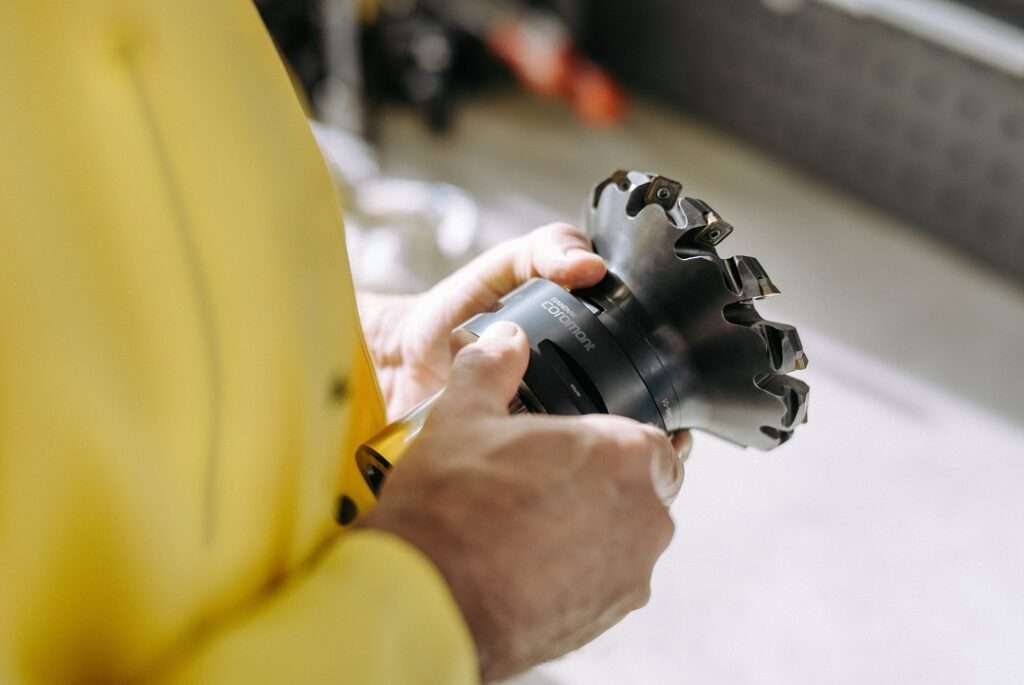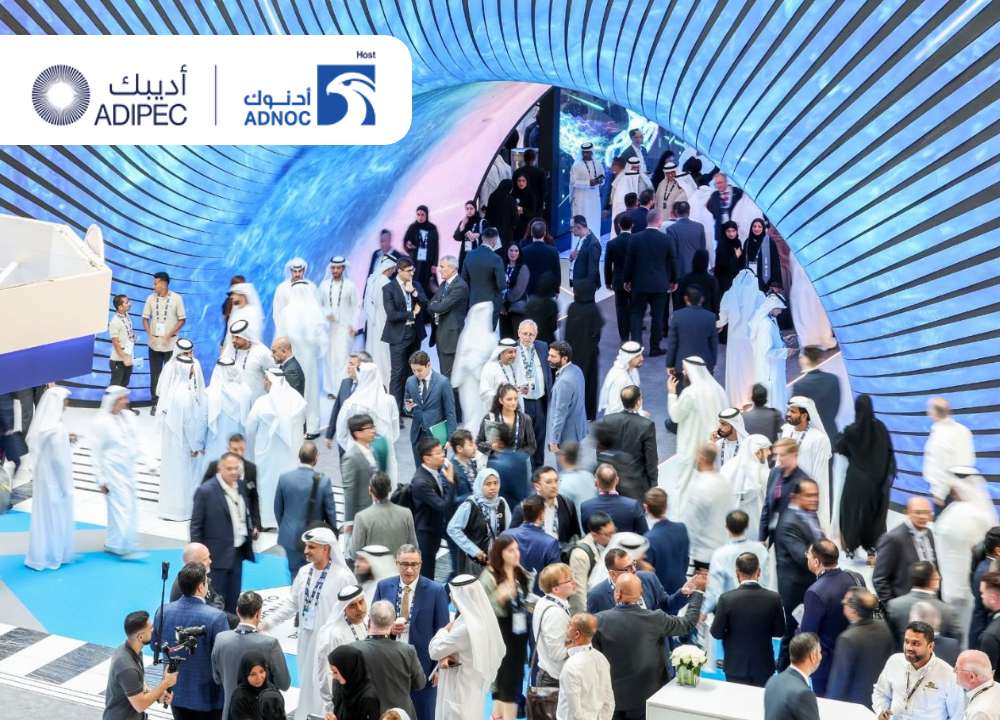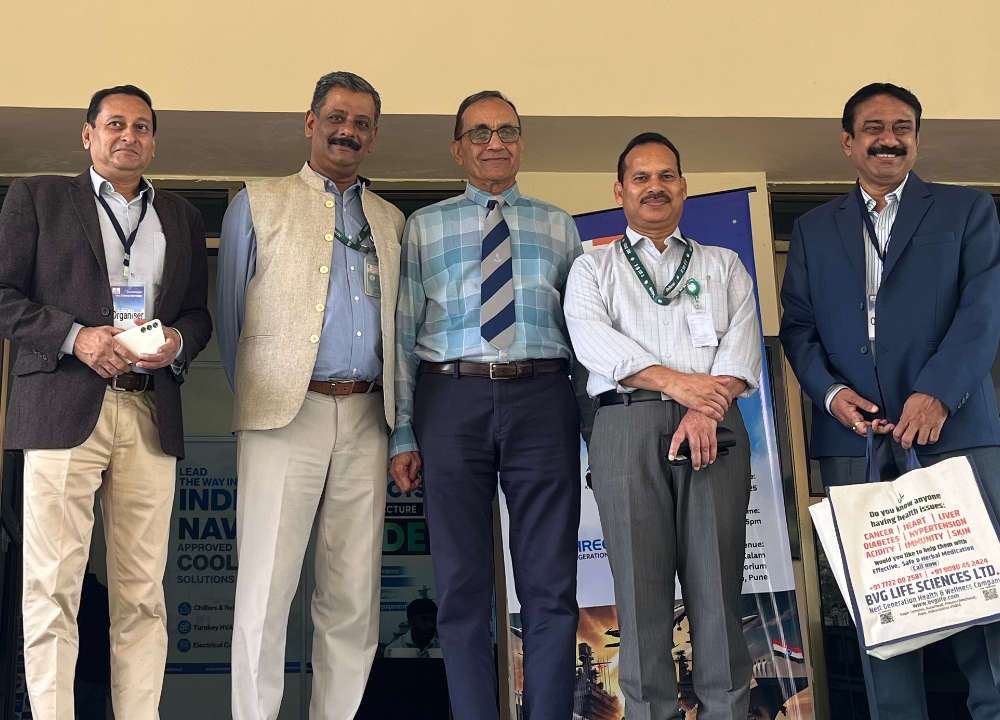Tata Motors has successfully rolled out the new Tata Nexon from its recently repurposed Sanand plant, marking a significant milestone in the company’s expansion and innovation journey. The plant, which was formerly owned by Ford India Private Ltd (FIPL), was acquired by Tata Passenger Electric Mobility Ltd (TPEML), a subsidiary of Tata Motors Ltd, as part of a strategic move to increase production capacity amidst high demand for its vehicles.
A Strategic Acquisition
In 2022, as Ford announced its exit from India, Tata Motors swiftly moved to acquire the Sanand vehicle manufacturing facility through a Memorandum of Understanding (MOU) with the Government of Gujarat. The deal, valued at Rs 725.7 crore, included land, buildings, machinery, equipment, and the transfer of all eligible Ford employees. This acquisition not only secured a valuable asset for Tata Motors but also resulted in significant savings of approximately Rs 5,000 crore and considerable time that would have been required to build a new factory from scratch.
Repurposing and Recommissioning
Following the official handover of the plant on January 10, 2023, Tata Motors embarked on an extensive repurposing and recommissioning plan. TPEML invested over Rs 1,300 crore to upgrade the plant’s capabilities, including enhancements to robots and automation processes across the stamping, body construction/assembly, paint, and final assembly plants. The revamp was a collaborative effort involving several Tata Group companies such as Tata Technologies, Tata Consultancy Services, and Jaguar Land Rover (JLR), alongside other vendors.
Innovative HR and Training Strategies
The integration of former Ford employees was managed through an innovative inverted pyramid model, ensuring smooth onboarding and retraining across technical and non-technical domains. The new workforce received extensive training, including a specially curated program focused on production, maintenance, engineering, and quality functions. TPEML also established the Nalanda on-site university, offering free higher education programs to employees, enhancing their skills in areas such as electric vehicle (EV) capabilities and Six Sigma methodologies.
Advanced Manufacturing Capabilities
To adapt the plant for Tata Motors’ vehicle models, particularly the Nexon, extensive retooling was necessary. This included the installation of 54 new stamping dies for body parts, the addition of 90 new robots, and modifications to the existing 468 robots. The plant’s flexibility allows for the production of both internal combustion engine (ICE) and electric vehicles (EVs), accommodating various powertrain configurations. The paint shop continues Ford’s innovative three-wet paint process, which reduces waste, energy consumption, and carbon dioxide emissions.
Production and Sustainability Goals
Currently, the Sanand plant produces 300-330 cars per shift, with plans to ramp up production in phases to an annual capacity of 300,000 units, potentially increasing to 420,000 units. The plant also underscores Tata Motors’ commitment to sustainability with a 50 kW solar rooftop installation, rainwater harvesting, and measures aimed at achieving zero waste to landfill and zero wastewater discharge by December 2024.
The successful roll-out of the Tata Nexon from the repurposed Sanand plant is a testament to Tata Motors’ strategic foresight, innovative HR practices, and commitment to sustainability. As the company continues to adapt and expand its production capabilities, it is well-positioned to meet the growing demand for both ICE and EV models, setting new benchmarks in the automotive industry.








